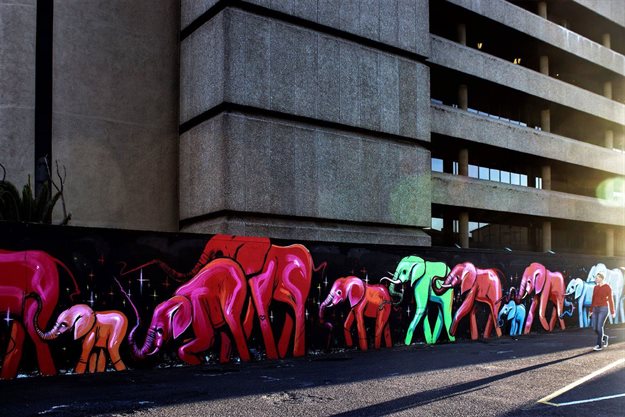Marketing & Media trends
Industry trends
BizTrends Sponsors
Trending
#BizTrends2020: Key development trends to drive the new South African city

Secondary cities have an important role to play
Major urban centres are struggling under the weight of over-development, escalating prices, constrained land availability and congestion. Secondary cities play an important role in alleviating those conditions. They feed the economy of primary centres while offering positive development alternatives as less congested commercial nodes.
Use what we have
In an economically constrained environment, it makes sense to repurpose what we have. Many of South Africa’s cities have strong urban foundations, with buildings that have ‘good bones’ and well-established services infrastructure. These present prime opportunities for businesses seeking to expand or develop. They can integrate their operations into more mature urban environments where they can make a contribution through their presence, invest in the local economy and connect their employees with diverse communities.

Transport is key
Large and urgent investments into public transport can move thousands of people to their work places reliably, safely and affordably, reducing congestion created by single-user commutes. At the same time, development priorities should encourage the creation of mixed precincts easily accessible on public transport, and where people can live close to their places of work.
Smart cities
While it may need significant investment in the short-term, technology is an enabler for cities to manage rapid urbanisation. It empowers the unemployed and upskills current workforces with free access to information and opportunity. It can also support city planners and administrators seeking ways to regulate lighting, detect water wastage, provide enhanced security surveillance, and better understand the flow of people and traffic.

Embrace the informal sector
The informal economy is a significant force for job creation, especially in South Africa where the sector accounts for 30% of the overall economy. Cities should plan to maximise this contribution, through effective financing and integration of informal businesses into formal commercial centres.
Bigger vision
African planners and developers can and should dream big – but always with strategic intent. Economic realities require innovative approaches that maximise and build on what exists to create inclusive, technologically advanced, entrepreneurial communities that stimulate commercial activity and support the people who live, work, and play there.









